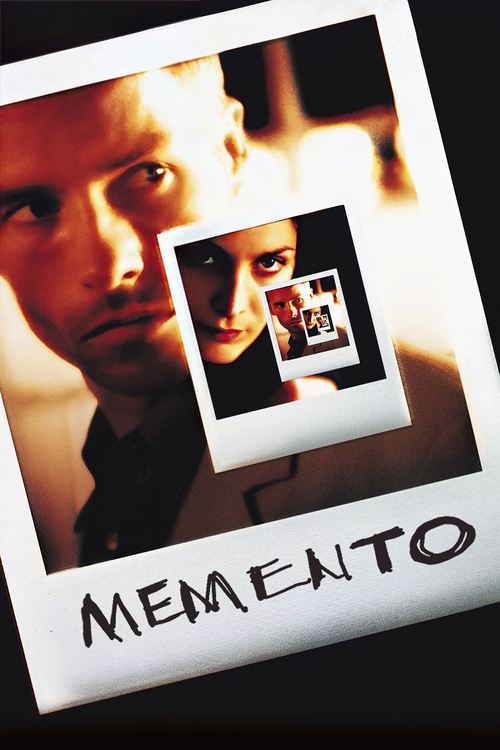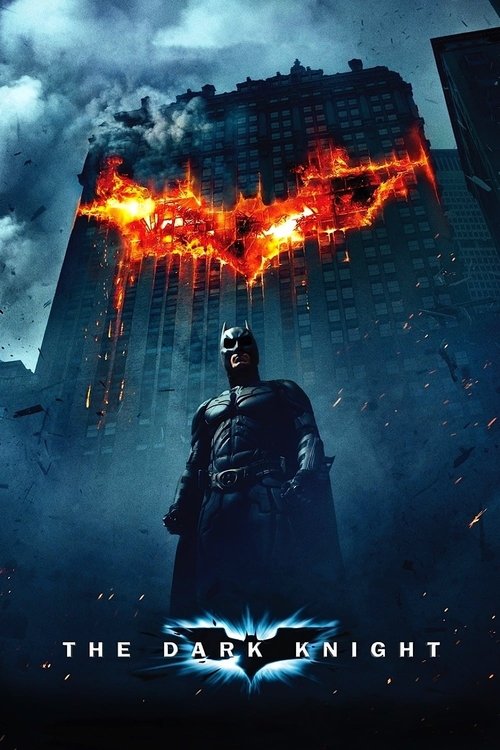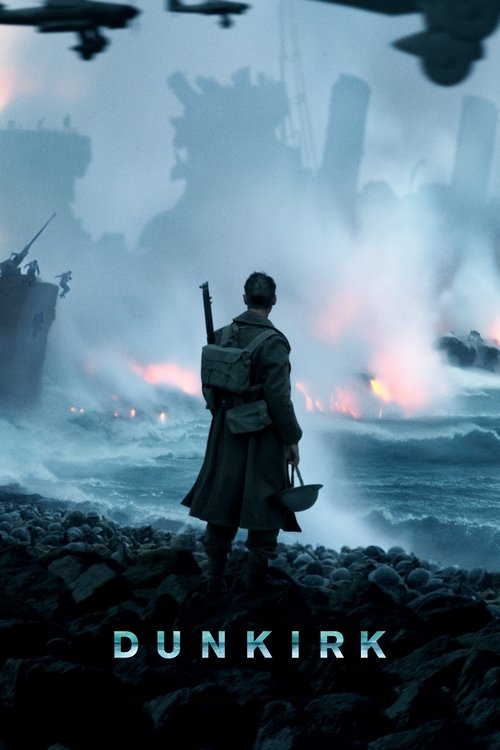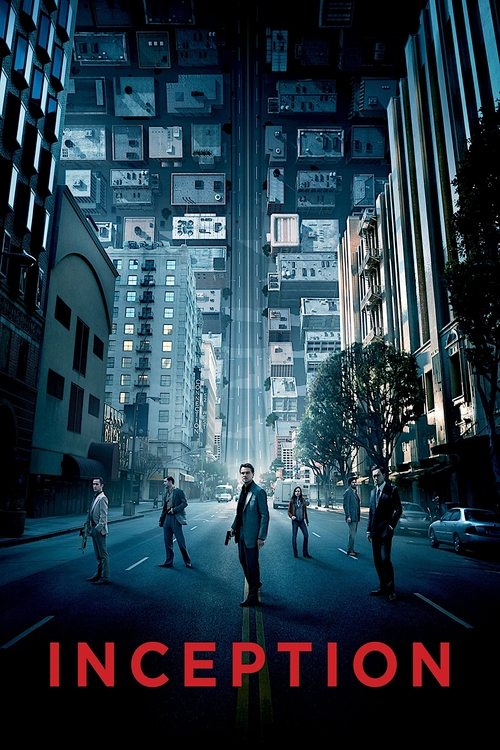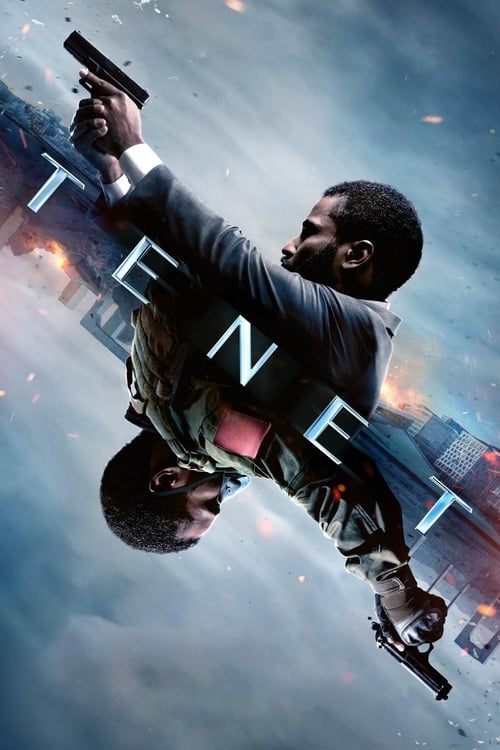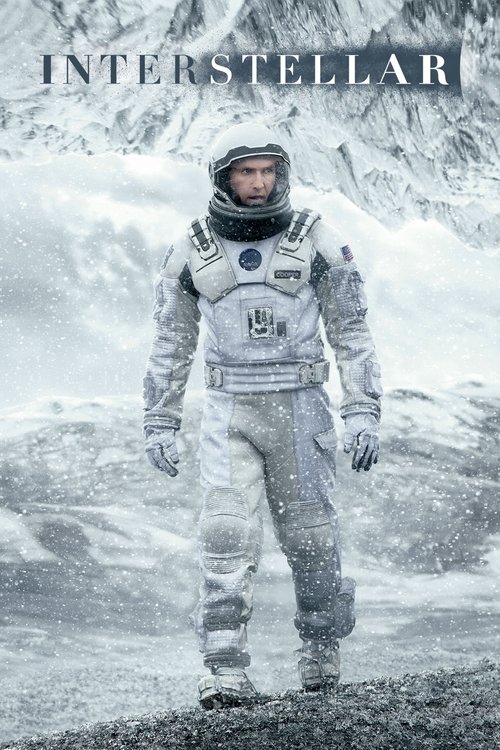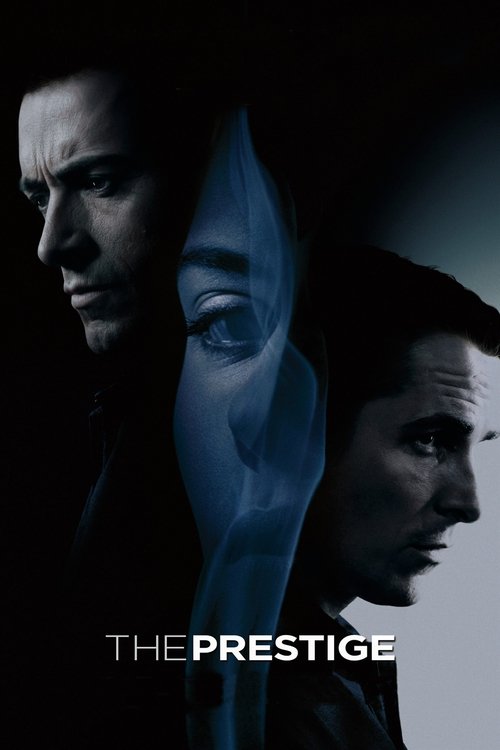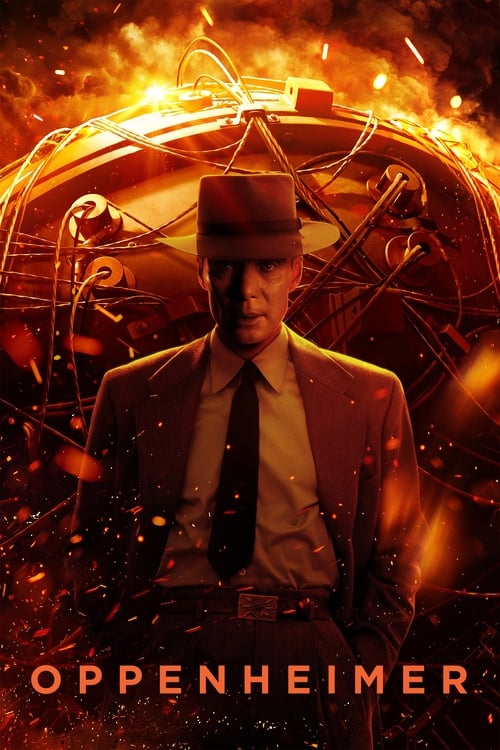Christopher Nolan: Time, Memory & IMAX Spectacle
Puzzle box narratives
Christopher Nolan has revolutionized contemporary cinema by combining intricate puzzle-box narratives with IMAX spectacle, creating a unique auteur style that challenges both audience perception and the boundaries of theatrical exhibition.
Nolan's breakthrough film "Memento" (2000) established his fascination with non-linear storytelling and the malleability of memory. Shot by cinematographer Wally Pfister, the film's revolutionary structure - alternating between color sequences moving backward and black-and-white scenes moving forward - creates a disorienting experience that mirrors protagonist Leonard Shelby's anterograde amnesia. This technical innovation wasn't merely stylistic; it forced viewers to actively participate in constructing the narrative, establishing Nolan's trademark of intellectual engagement with audience perception.
With "The Dark Knight" (2008), Nolan pioneered the use of IMAX cameras in narrative feature films, shooting over 40 minutes of footage in the format. This technical choice wasn't merely about spectacle - it represented Nolan's commitment to practical effects and photochemical film over digital alternatives. Working again with cinematographer Wally Pfister, Nolan used the massive frame size and clarity of IMAX to create a sense of heightened reality, particularly in sequences like the opening bank heist and the Hong Kong extraction. This innovation would influence countless blockbusters and establish a new standard for theatrical presentation.
"Inception" (2010) represents the perfect synthesis of Nolan's preoccupations with time, memory, and spectacle. The film's nested dream levels operate at different temporal speeds, creating a complex narrative architecture that demands careful attention while delivering stunning visual setpieces. Cinematographer Wally Pfister and production designer Guy Hendrix Dyas crafted distinct visual languages for each dream level, while Hans Zimmer's score used time-stretched elements of Édith Piaf's "Non, je ne regrette rien" to reinforce the temporal relationships between levels.
"Interstellar" (2014) marked Nolan's first collaboration with cinematographer Hoyte van Hoytema and demonstrated his ability to combine hard science fiction with emotional storytelling. Working with theoretical physicist Kip Thorne, Nolan created scientifically accurate visualizations of black holes and relativistic time dilation. However, the technical achievements serve a deeply personal story about family bonds transcending space and time. The film's practical effects, including building full-scale spacecraft interiors and minimal use of green screen, create a tangible reality that grounds the cosmic scale.
"Dunkirk" (2017) represents Nolan's most sophisticated use of time as a narrative device. The film interweaves three storylines operating at different time scales - one week on land, one day at sea, and one hour in the air. Working with editor Lee Smith and composer Hans Zimmer, Nolan uses the sound of a ticking clock throughout the score to create mounting tension. The film's minimal dialogue and emphasis on visual storytelling showcases Nolan's mastery of pure cinema, while the extensive use of IMAX cameras (75% of the runtime) creates an immersive experience.
Nolan's impact on contemporary cinema extends beyond his individual films. His insistence on shooting on film, practical effects, and IMAX presentation has helped preserve these technologies in an increasingly digital industry. His success with complex, original narratives at blockbuster scale has created space for other filmmakers to pursue ambitious projects. The "Nolan effect" can be seen in films like Denis Villeneuve's "Arrival" and "Dune," which similarly combine intellectual complexity with visual spectacle.
More Ideas
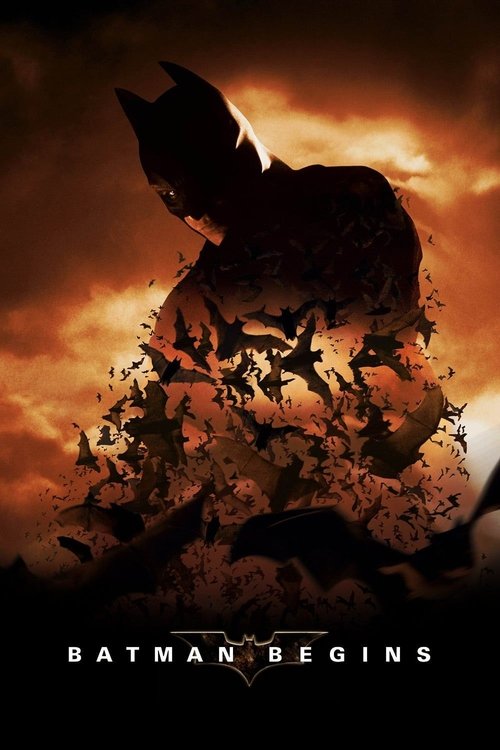
Batman Begins
(2005)
Grounded superhero origin story establishing Nolan's realistic approach
Streaming on HBO Max
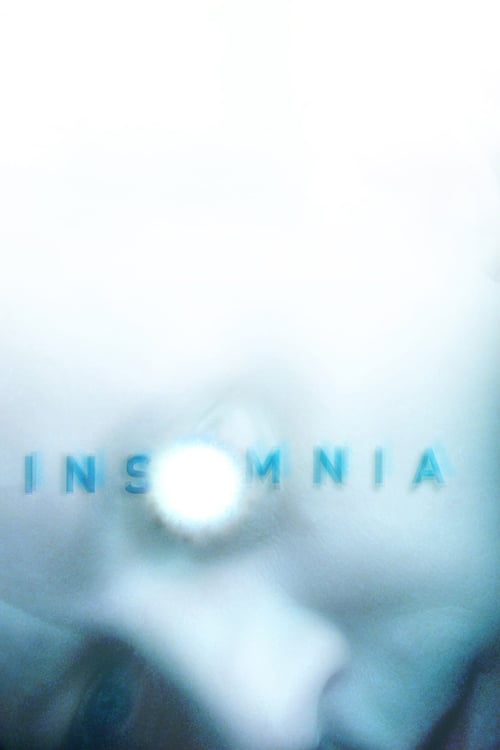
Insomnia
(2002)
Psychological thriller showing early mastery of temporal disorientation
Streaming on Amazon Prime
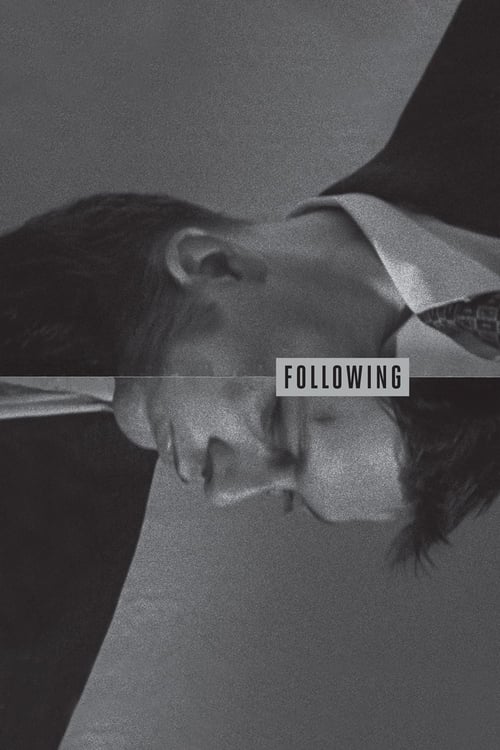
Following
(1998)
Micro-budget noir revealing early signs of narrative complexity
Streaming on Criterion Channel
More from Acclaimed Directors
The Coen Brothers: Genre Pastiche & Visual Wit
Postmodern storytellers
Denis Villeneuve: Sci-Fi Atmosphere & Scale
Thoughtful spectacle
Jordan Peele: Horror Through Social Commentary
Genre as activism
Frederick Wiseman: Institutional Observer
Fly-on-the-wall realism
Errol Morris: Truth Detective
Investigation through film
Michael Moore: Provocateur Documentarian
Political activism through cinema
Fritz Lang's Architectural Psychology
Space as character
